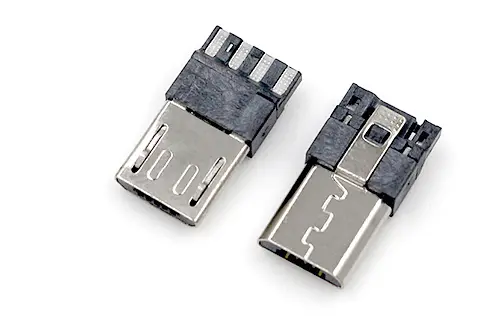What Is Injection Molding and How Does It Work?
What Is Injection Molding and How Does It Work?
Injection molding is a widely used plastic manufacturing process in which molten plastic is injected into a mold to produce a wide variety of parts and products. It is a highly efficient and cost-effective method for mass-producing complex plastic components, making it an essential process in many industries such as automotive, medical, consumer goods, and electronics.

The Basics of Injection Molding
Injection molding involves the use of a mold, usually made of steel or aluminum, which is created to the exact specifications of the part being produced. The mold is then mounted on an injection molding machine, which consists of a material hopper, an injection unit, a clamping unit, and other necessary components.
The process begins with the polymer material being heated to a molten state in the material hopper. Once the material is at the correct temperature, it is injected into the mold under high pressure using the injection unit. The material then fills the mold cavity, taking its shape as it cools and solidifies. Finally, the mold is opened, and the newly formed part is ejected, ready for further processing or use.
The Injection Molding Machine
The injection molding machine, also known as an injection press, is the primary tool used in the injection molding process. It consists of several crucial components that work together to melt, inject, and cool the plastic material.
The material hopper is where the raw plastic material is loaded into the machine. It is heated to the appropriate temperature using electric heaters or other heating methods to achieve the desired viscosity for injection.
The injection unit is responsible for melting the plastic pellets and injecting them into the mold at high pressure. It consists of a reciprocating screw and barrel that melt and mix the plastic, before pushing it into the mold.
The clamping unit is used to close the mold halves together, hold the mold in place during the injection process, and open the mold once the part has cooled and solidified. This unit typically consists of a hydraulic or mechanical mechanism that provides the force necessary to keep the mold closed during injection.
Material Selection and Preparation
The choice of material is a critical aspect of the injection molding process, as it can significantly impact the quality, performance, and cost of the final part. There are many different types of plastics available, each with its own unique properties, such as strength, flexibility, temperature resistance, and chemical resistance.
Before the material can be used in the injection molding machine, it must first be prepared. This involves drying the material to remove any moisture that could affect the quality of the final part. The plastic pellets are placed in a hopper and heated to a specific temperature for a set amount of time, effectively removing any moisture before the material is fed into the machine for processing.
Once the material has been properly prepared, it is loaded into the material hopper of the injection molding machine and heated to its melting point. The temperature and pressure settings are carefully controlled to ensure the material flows smoothly, fills the mold completely, and solidifies within the specified cycle time.
The Injection Molding Process
The injection molding process consists of several distinct stages, each of which plays a crucial role in producing high-quality plastic parts.
Stage 1: Clamping – The mold halves are closed and clamped together with the material inside, securely holding them in place during the injection process.
Stage 2: Injection – The plastic material is injected into the mold cavity under high pressure, filling the entire space and taking the shape of the mold.
Stage 3: Cooling – Once the mold cavity is filled, the material is allowed to cool and solidify, ready for ejection from the mold.
Stage 4: Ejection – The mold opens, and the newly formed part is ejected from the mold, often with the help of ejector pins or other mechanisms.
Advantages and Limitations of Injection Molding
Injection molding offers several significant advantages, making it a popular choice for manufacturing a wide range of plastic parts and products. One of the key benefits is its ability to produce complex, high-precision components with minimal waste, thanks to the use of a closed mold and highly controlled process parameters.
Additionally, injection molding can be highly automated, resulting in faster production cycles and lower labor costs. With the right equipment and processes in place, it is possible to achieve high-volume production with consistent, high-quality results.
However, injection molding also has its limitations. The initial tooling and mold-making costs can be significant, making it less cost-effective for smaller production runs or prototype development. Furthermore, the process may not be suitable for all types of plastics, and certain materials may have specific requirements that need to be carefully considered.
Summary
Injection molding is a versatile and efficient manufacturing process that has revolutionized the production of plastic parts and products across a wide range of industries. By understanding the basics of injection molding, the role of the injection molding machine, material selection and preparation, the injection molding process itself, and the advantages and limitations of this method, manufacturers can leverage this technology to create high-quality, cost-effective plastic components. With continuous advancements in materials, equipment, and process optimization, injection molding continues to be a driving force in the world of plastic manufacturing, offering endless possibilities for innovation and growth.
+86 13433648351





